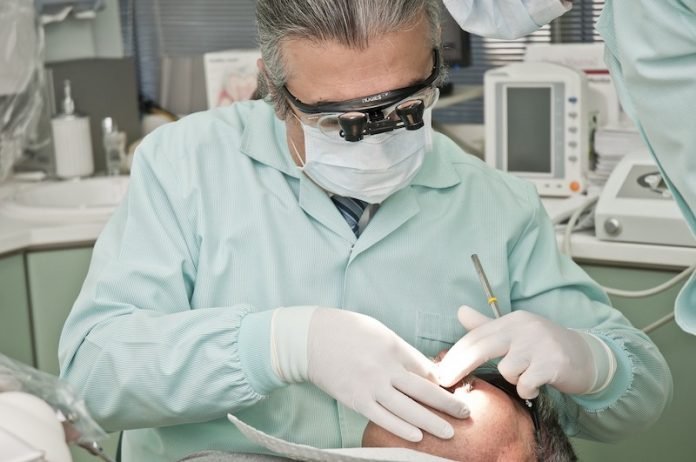
A new study has shed light on the science behind the formation of the periodontal ligament, which helps keep the tooth stable in the jawbone.
The finding will help scientists work towards regenerating the tissues that support teeth.
The research was led by the Universities of Plymouth and Geneva.
Our teeth take thousands of bites per day and understanding exactly what holds them in place and how is key to helping people live with their own teeth for longer.
In the study, the team found how a signaling pathway called Notch, which is known to be activated in stem cells and cancer, is important for periodontal ligament development.
A signaling pathway describes how a group of molecules in a cell work together to control one or more cell functions, such as cell division or cell death.
After the first molecule in a pathway receives a signal, it activates another molecule. This process is repeated until the last molecule is activated and the cell function is carried out.
Abnormal activation or inhibition of certain signaling pathways can lead to cancer and other conditions, including problems with tissue regeneration.
The team finds Lamin A, a cell nuclear protein, is a direct target of Notch pathway.
Lamin A is best known for its mutated form progerin, which causes fatal ‘early aging’ disease, Progeria syndrome – but by uncovering its involvement in periodontal ligament formation, scientists have better insight into how molecules function during tissue regeneration, and how the process could be affected during disease.
According to the team, the periodontal ligament starts to properly hold the tooth in the jawbone when a tooth breaks out and becomes functional.
Understanding the mechanisms of how periodontal ligaments develop and the molecules that assist the tissue becoming mature is really important for understanding tissue regeneration and repair.
The team will see if and how the molecules we have identified in this study can be translated into a human-only model and, in turn, how they are affected in both healthy and diseased conditions.
The study is published in the Journal of Dental Research.
Copyright © 2019 Knowridge Science Report. All rights reserved.



